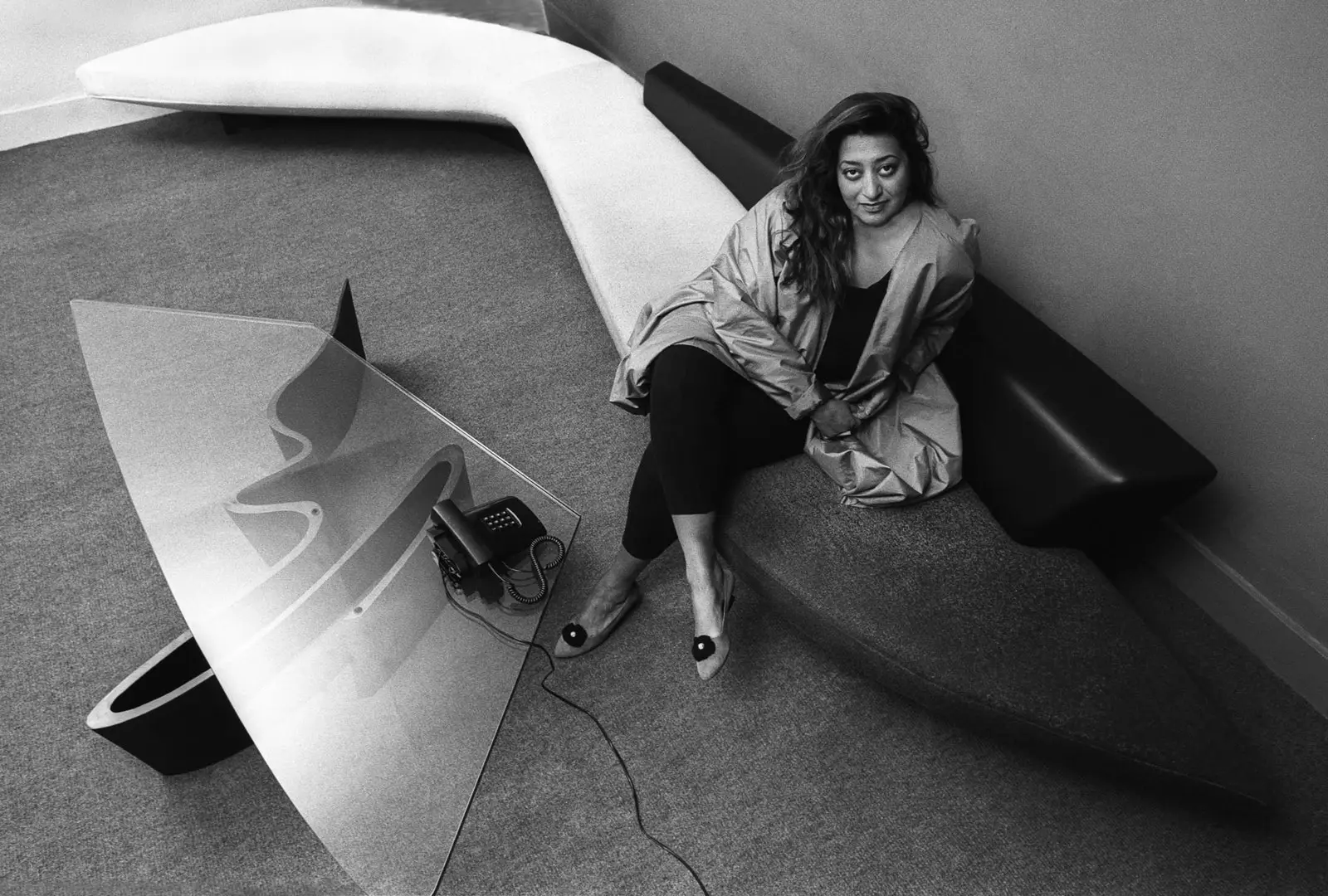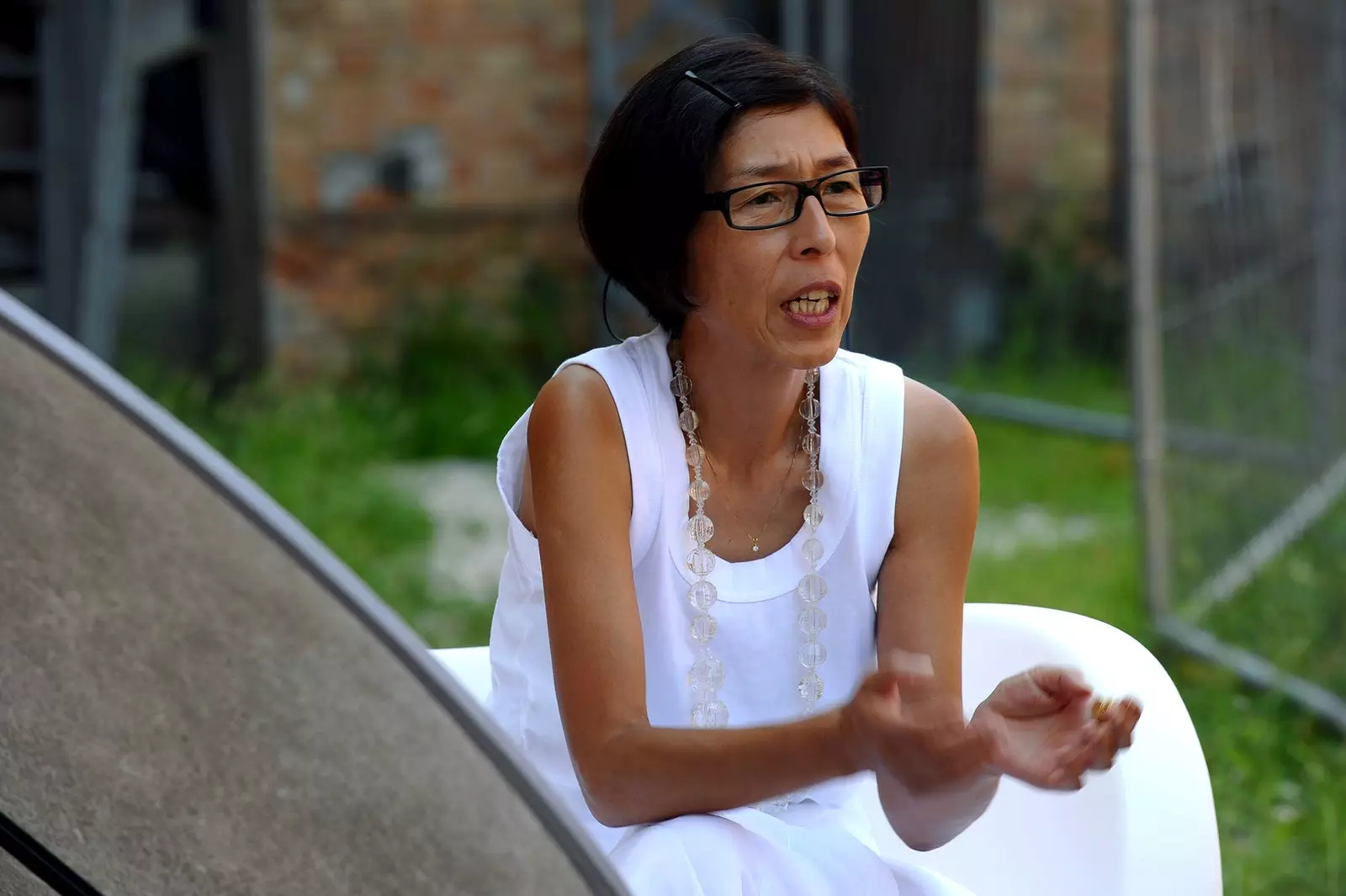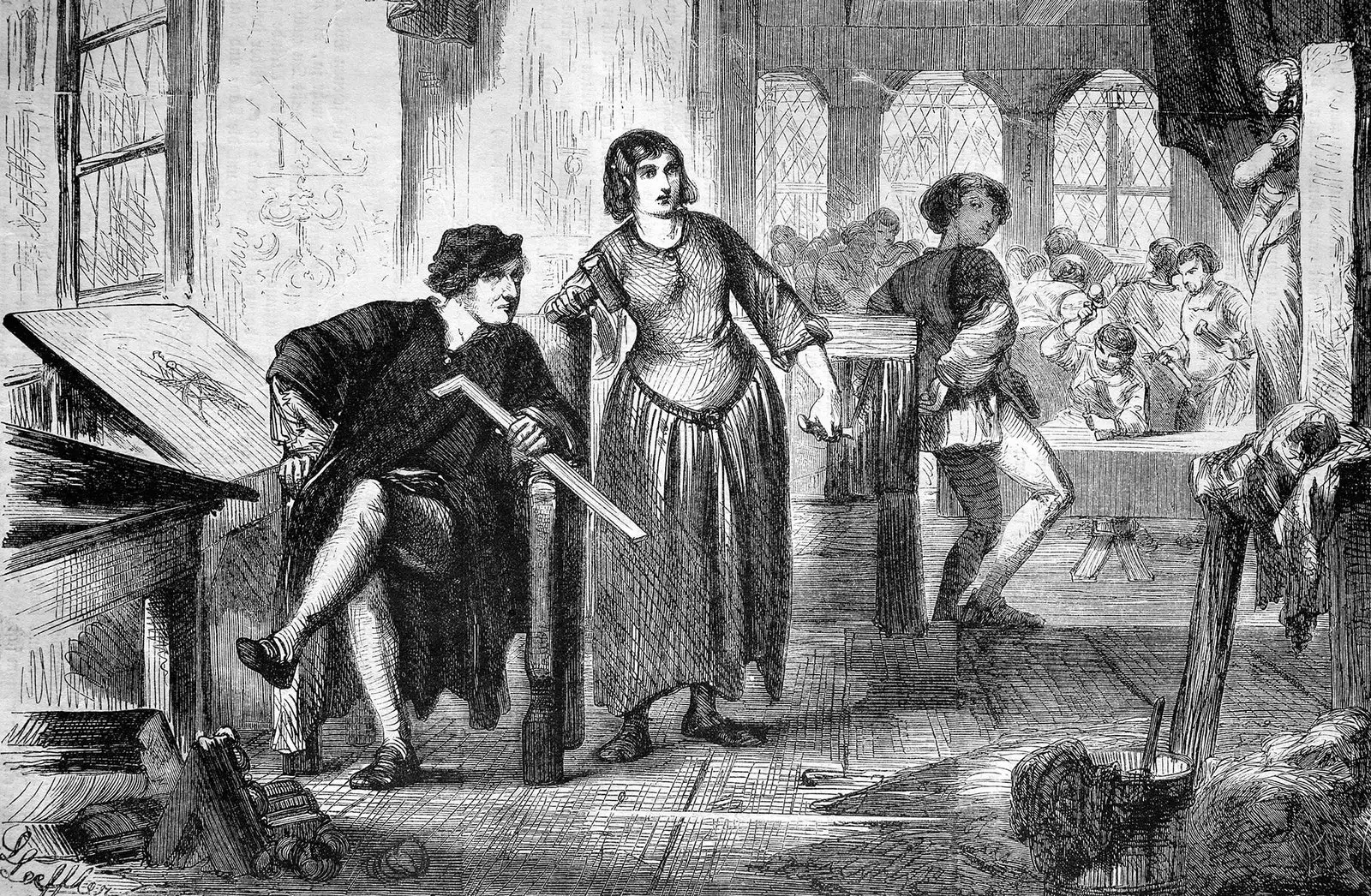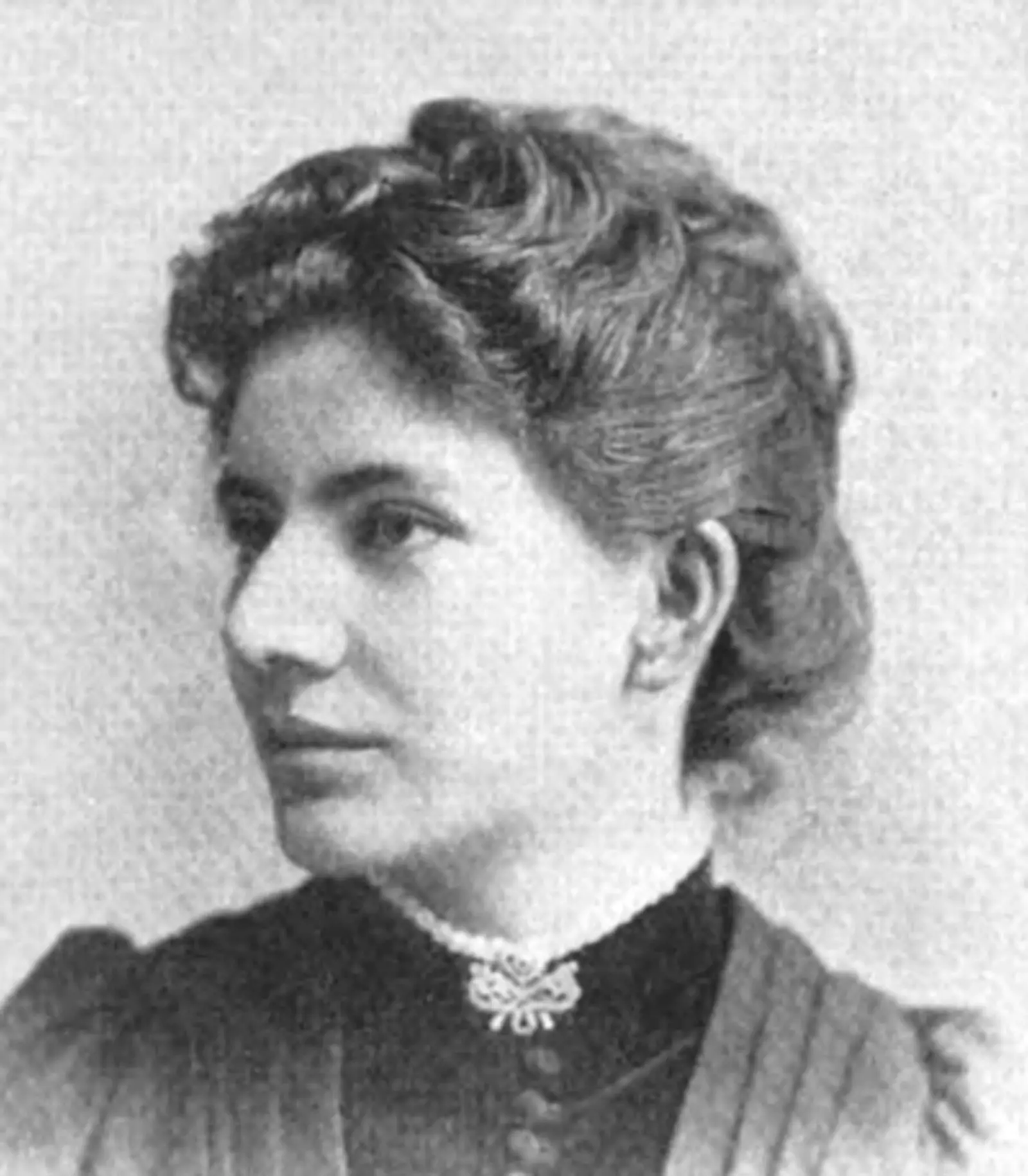
The late Iraqi architect Zaha Hadid
“It is difficult to integrate and progress in the profession. Even today there are few studies led by women; when one is in command, she is usually in the company of a man” , explains Inés Sánchez de Madariaga, urban architect and gender expert in urban planning and architecture. It is the case of kazuyo-sejima –After the death of Zaha Hadid, the only other Pritzker-awarded artist– who signs her projects together with the architect Ryue Nishizawa.
Curiously, in the United States and in many European countries, such as Spain, more women study architecture. “The number of female students in Madrid classrooms was approximately 15% at the beginning of the 1980s and increased progressively until reaching parity in 2007. Today, despite the fact that there are more women among the student body –slightly over 50%–, among professional collegiate members they are only a third. The difference between students and collegiate is due in part to the generational effect: cohorts of female graduates are much younger than those of male graduates. But it is also due to greater abandonment of the profession by women, who are unable to integrate, maintain or progress in the labor market”, adds the expert.

The architect Kazuyo Sejima
To break this gender gap, it is essential to know the past and vindicate the pioneers. “Women want to be presented as a novelty when since the 19th century, and even before, we have been present as architects, decorators, designers, theoreticians or advisors”, reasons Zaida Muxí, an architect doctor and author of Women, houses and cities. Beyond the threshold.
Muxí highlights the American Catherine E. Breecher as one of the first scholars. “ She improved the working conditions of women in the houses, proposing smaller and more efficient homes in her book A Treatise on Domestic Economy (1841) ”, details the expert.
We choose others women who have changed the course of architecture and urbanism:
THE PIONEERS
There are no documents to prove it, but Sabine of Steinbach, also known as De Pierrefonds (Steinbach, 1244-Strasbourg, 1318), she is attributed she having finished the facade of the Gothic cathedral of Strasbourg and having participated in the construction of Notre Dame de Paris.

Sabine of Steinbach and her father, Erwin of Steinbach
On his deathbed, her father, the architect Erwin of Steinbach, she begged him to finish the work on the Strasbourg cathedral in her name. Sabine promised her and glimpsed in a dream the reliefs with which she was to decorate the facade of the south entrance. Despite the mystery surrounding her work, her life reminds us that women were also part of the guilds and lodges focused on the construction of the great European cathedrals.
The historians Consuelo Lollobrigida and Yuri Primarosa have contributed to rescuing the figure of Bricci plate (Rome, 1616-1690), for many the first woman architect in history. The Benedetti villa, Destroyed in the French siege of Rome in 1849 but of which several drawings are preserved, it demonstrates the excellence of this Italian daughter of the painter and musician Giovanni Bricci. The owner of Villa Benedetti, Monsignor Elipidio Benedetti, must have been very satisfied with the result because he edited a laudatory guide for visitors.
In the Roman church of Saint Louis of the French, Famous for the baroque paintings of Caravaggio, there is another of Plautilla's works: the chapel of Saint Louis, a Baroque landmark.
“The first woman to obtain the title of architect was Mary Louisa Page in 1878, whose career revolved around her concern for low-income housing. the american Jennie Louise Blanchard Bethune (1856–1913) was the first architect to be recognized by the American Institute of Architects and the first to open her own studio in 1881. Her most recognized work, the Hotel Lafayette (1898–1904), in Buffalo, a building with an iron and concrete structure with 225 rooms, became a symbol of the city”, reports Muxí.

Sophia Hayden Bennett
In Europe, Finnish Signe Hornborg (1862-1916) was the first to enter architecture studies: she graduated in 1890 from the Helsinki Polytechnic Institute, where 14 women were qualified until 1908, although they could not practice as state technicians.
Despite the fact that when she was six years old, her parents sent her to Boston with her grandparents, Sophia Hayden Bennett (Santiago de Chile, 1869) could be considered the first Ibero-American to graduate. For her project that won the competition for the World's Columbian Exposition in Chicago, the Woman's building –with a library and exhibition and conference rooms–, she received a tenth of what her colleagues received.
THE SPANIARDS
Intelligent, persevering, singular and vocational, This is how María Carreiro and Cándido López, doctors in architecture and authors of the study Arquitectas pioneras de Galicia, describe the first graduates in this discipline in Spain.
“They were also multifaceted: Canarian María Juana Ontañón (1920 -2002), the fourth to graduate in Spain, for example, she played rugby, competed in ski contests and drove”, Carreiro details. All this in pants, a garment very little used by women of the time.
A Matilda de Ucelay (1912- 2008), the first to graduate in 1936 and the only one awarded the National Prize for Architecture, she followed him in 1940 Rita Fernandez Queimadelos (1911-2008).
THE WOMEN OF THE BAUHAUS
In what is probably the most famous school of design on the planet, along with Mies van der Rohe, Wassily Kandinsky or Paul Klee, 462 artists studied, taught and worked.
Several participated in the Haus am Horm project, a single-family home prototype designed for the needs of modern man.
The kitchen designed by Benita Koch-Otte was a milestone and a precedent for modular kitchens, whose key is the model in series, to measure and of low cost. The design of this German born in Stuttgart in 1892 was based on low and wall cabinets and a practical continuous countertop.
Few female architects came out of the Bauhaus. Koch-Otte, like most of her classmates, was attached to the textile workshop. Walter Groppius, the first director of the Weimar school of design, in practice contradicted the promise he made in his inaugural address: “There will be no distinction between the fair sex and the strong sex. Equal rights, but also equal duties. At work we are simply professionals of our art”. Women, according to him, did not think in three dimensions, so most of them had to sign up for the textile course or, as he called it, "the girls' class."
The movie Lotte am Bauhaus (available at Filmin) vindicates these artists through the fictional character of Lotte Brendel, inspired by Alma Siedhoff-Buscher whose conception of the children's room as a space for freedom and creativity revolutionized the structure of housing.
In case of Lilly Reich (Berlin, 1885), professor at the Bauhaus, is illuminating: history has taken it upon itself to erase it from the collective imagination. Many know the most important work of her career, part of the German pavilions designed for the universal exhibition in Barcelona in 1929, such as the Mies van der Rohe pavilion. This despite the fact that her close collaborators have assured that Lilly Reich and her partner, Mies van der Rohe, were equally involved in the project. Reich signed numerous projects –such as the Tugendhat house (Brno, Czech Republic) and the chairs of the same name– together with Van der Rohe.
The first woman to access the metal workshop run by Laszlo Maholy-Nagy was the painter, sculptor, photographer and industrial designer Marianne Brandt (Chemnitz, 1893), whose Constructivist lamps, ashtrays and dustpans continue to inspire current pieces. She also worked in the architectural firm of Walter Gropius.
